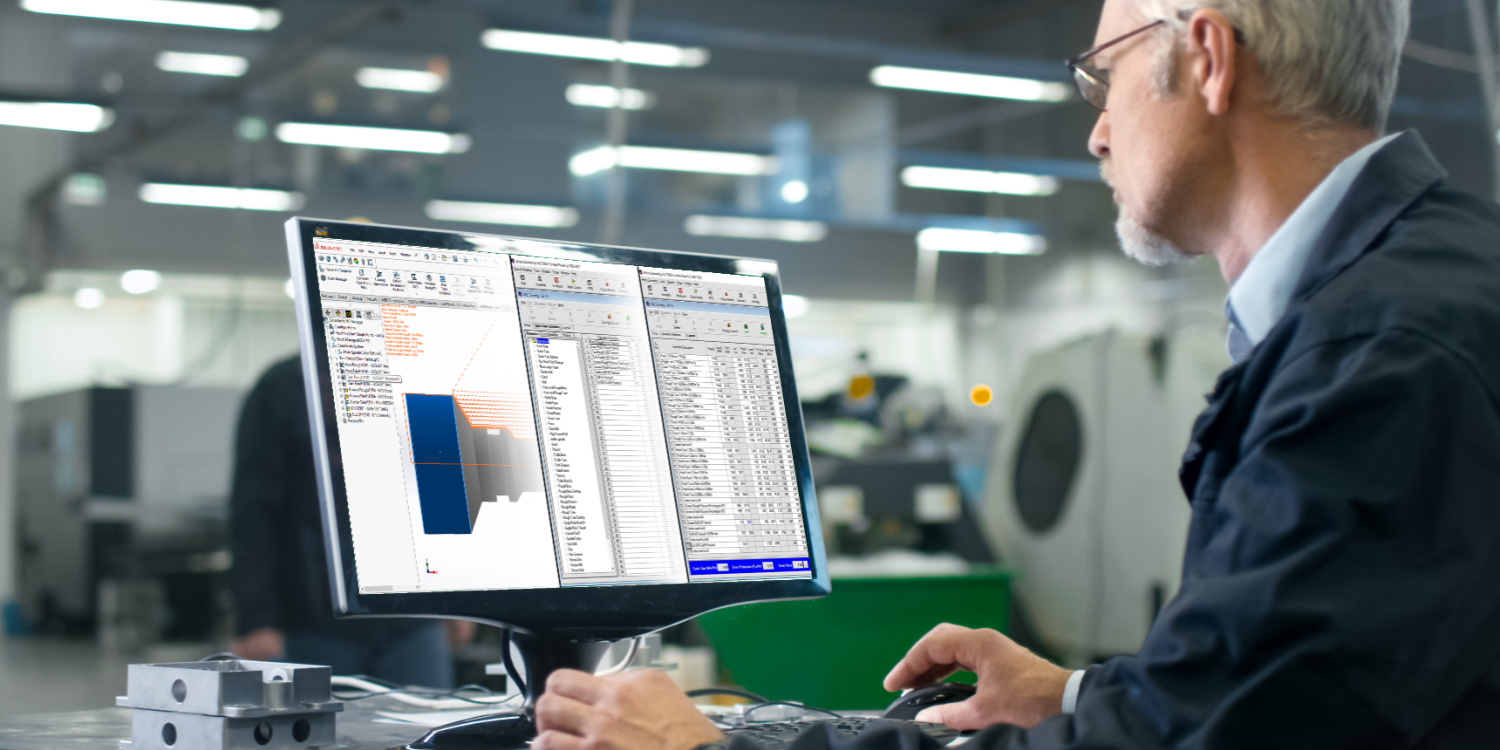Welcome to Part 7 of our blog series on machine shop estimating methods!
In this installment, we’ll discuss activity-based estimating, a method that assigns costs (time or money) to specific activities contributing to the production of a product. This method is particularly useful for machine shops that produce complex or custom parts, as it provides a detailed breakdown of the costs involved in manufacturing.
Let’s dive into it!
What is Activity-Based Estimating?
Activity-based estimating is a method that assigns costs to each step in the manufacturing process, such as material handling, machining, assembly, and finishing. It provides a more accurate picture of the true cost of manufacturing a part or product, allowing machine shops to understand the costs associated with each step of the process and allocate resources more efficiently.
How is this different from Cost-based Estimating?
Cost-based estimating takes into account a broad range of cost factors, including labor, materials, and overhead expenses, whereas activity-based estimating breaks down costs into individual activities or tasks within the production process, providing a more detailed and accurate cost analysis.
How to Implement Activity-Based Estimating
To implement activity-based estimating in a machine shop, follow these steps:
- Identify the activities involved in the manufacturing process.
- Assign costs to each activity based on time or money.
- Analyze each activity or task to identify areas where costs can be reduced or eliminated, ultimately improving profitability.
Pros and Cons of Activity-Based Estimating
Pros:
- Accurate: Provides more accurate and detailed cost information by breaking down costs into individual activities.
- Identifies solutions: Helps identify areas where costs can be reduced or optimized by highlighting inefficiencies in the production process.
- Flexible: Can be more flexible than other methods, as it allows for adjustments and changes to individual activity costs as needed.
- Comprehensive: Offers a more comprehensive view of the costs involved in a job or project, which can help with pricing and decision-making.
Cons:
- Time-consuming: Can be time-consuming and complex to implement, especially for smaller machine shops with limited resources.
- Specialized knowledge required: Accurate and detailed data on all activities involved in the production process may not always be readily available.
- Difficult to express: Can be challenging to communicate to customers, who may be more familiar with other methods of cost estimation.
Summary
In Part 7 of our blog series, we’ve explored the benefits and challenges of activity-based estimating. This method provides a more accurate and detailed understanding of the costs involved in manufacturing complex or custom parts or products. However, the time-consuming nature of the process and the need for specialized knowledge may limit its applicability in some situations.
By choosing the right estimating method for each job, machine shops can ensure they are pricing their work fairly and competitively, while maintaining profitability and sustainability over the long term. We’ll discuss this in greater detail in our next post of the series.




0 Comments